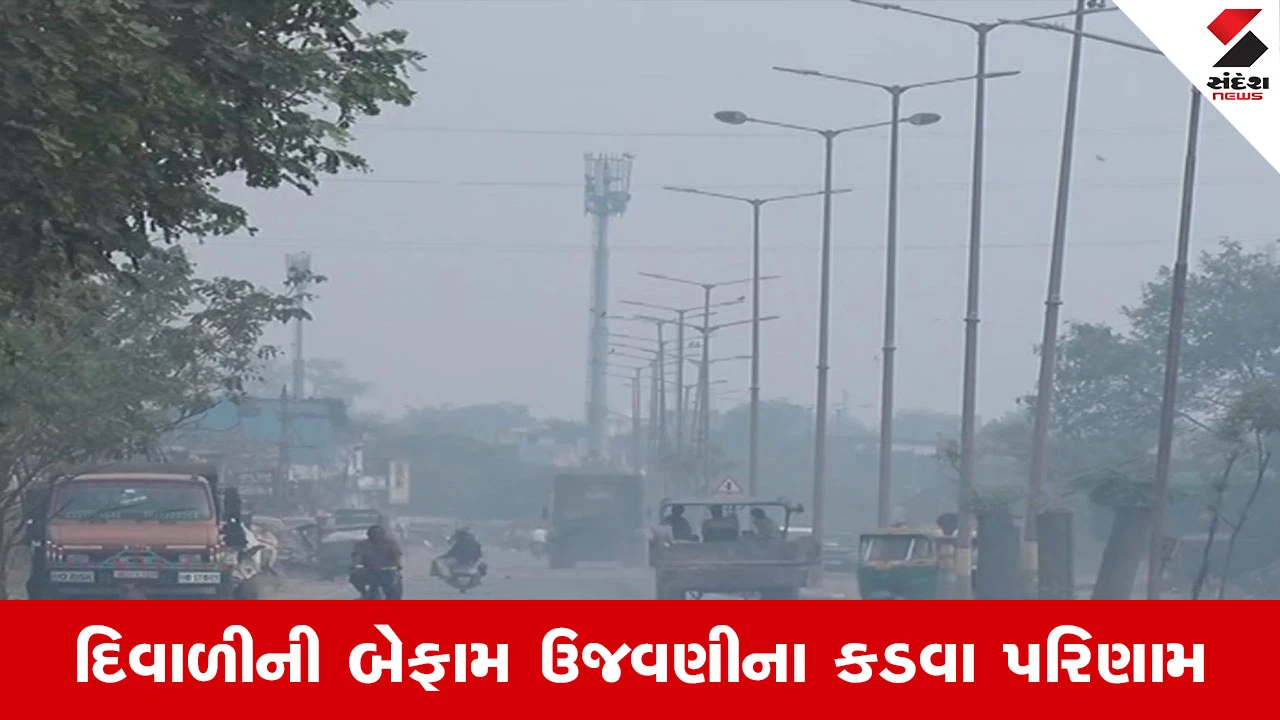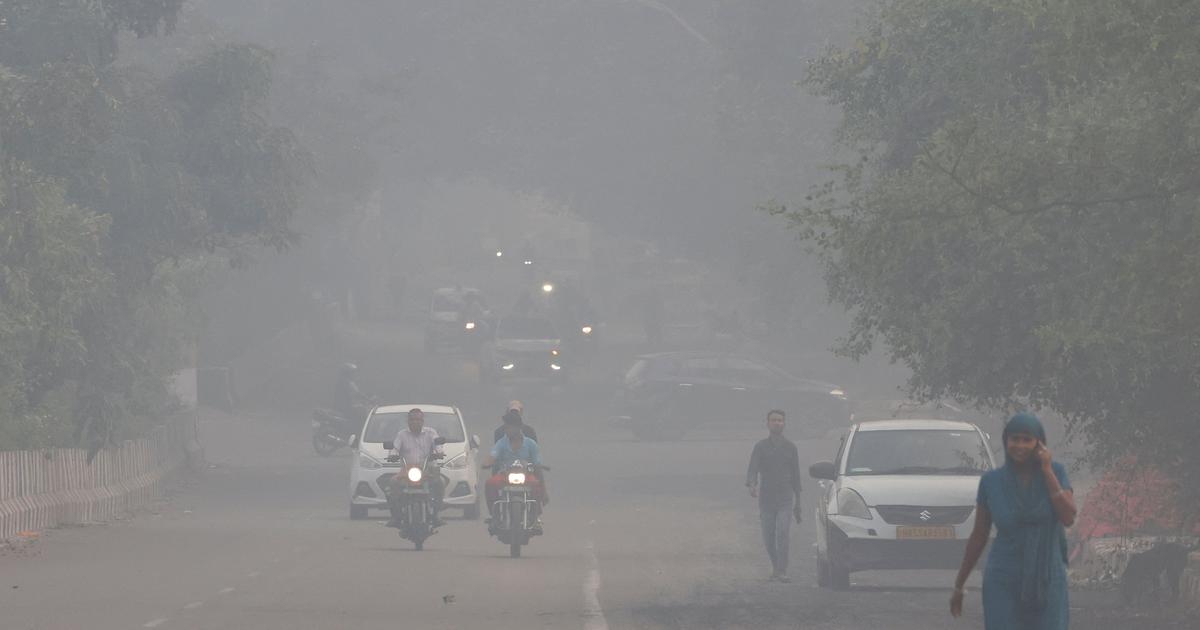Forests are mosquito hotspots but deforestation can increase malaria mortality

Join our WhatsApp Community to receive travel deals, free stays, and special offers!
- Join Now -
Join our WhatsApp Community to receive travel deals, free stays, and special offers!
- Join Now -

In 1990, India reported approximately 33 million cases of malaria. By 2019, that number plummeted to 5.5 million due to a host of government interventions designed to reduce malaria incidence. Deaths from malaria saw a similar decline. New research finds that forests may have played a marginal role in avoiding additional malaria deaths, even though forests are generally considered malaria hotspots.
Forests – with their dense canopies and humid weather – are hotspots for malaria breeding and transmission in India. Malaria is transmitted when a female Anopheles mosquito carrying the Plasmodium parasite, bites a human host during feeding. Forested districts contributed to 32% of malaria cases and 42% of malaria mortality between 2000 and 2019, while harbouring just 6.6% of the country’s population, government data shows.
“Mosquitos like the shade and humidity provided by forests. Forests provide ideal conditions for the entire duration of the mosquito’s 12-day life cycle. Forest cover also makes it harder to spot breeding habitats, which makes it difficult to clear them,” said Ramesh Chand Dhiman, former director of the ICMR – National Institute of Malaria Research.
But forest loss may also aggravate malaria transmission and mortality. The extent to which deforestation impacts malaria incidence and mortality in India is still being understood. Researchers from Ohio State University...
Read more
What's Your Reaction?
 Like
0
Like
0
 Dislike
0
Dislike
0
 Love
0
Love
0
 Funny
0
Funny
0
 Angry
0
Angry
0
 Sad
0
Sad
0
 Wow
0
Wow
0























































